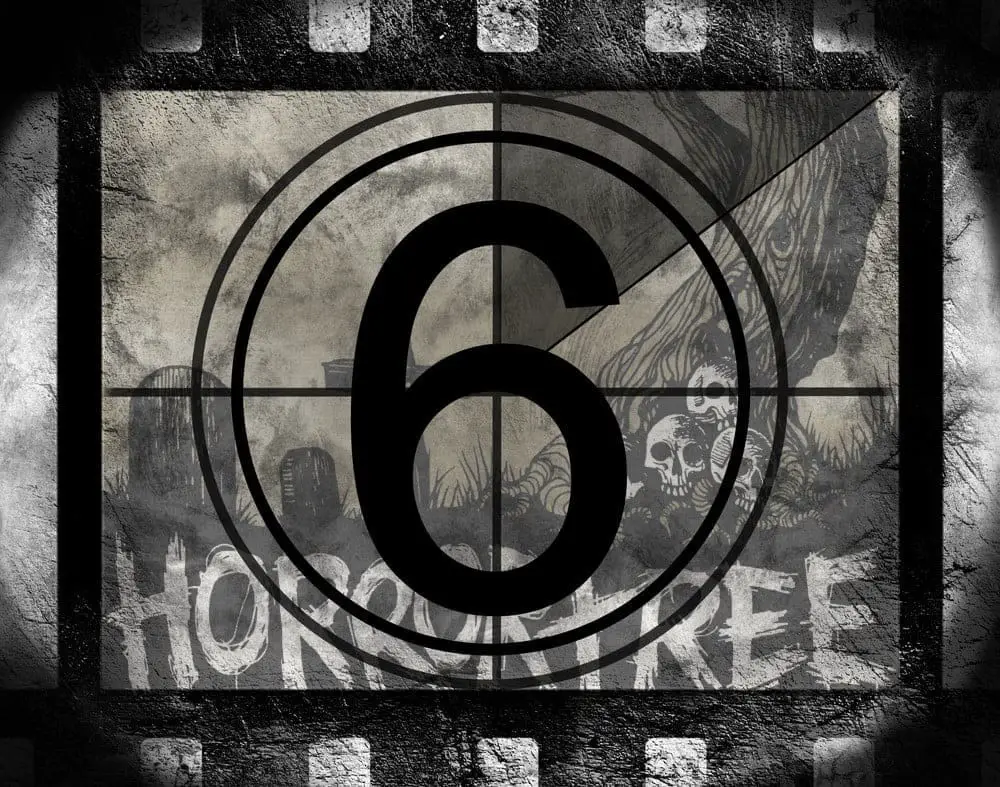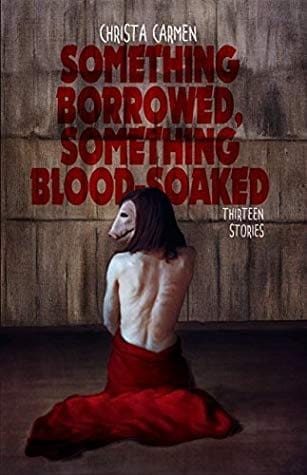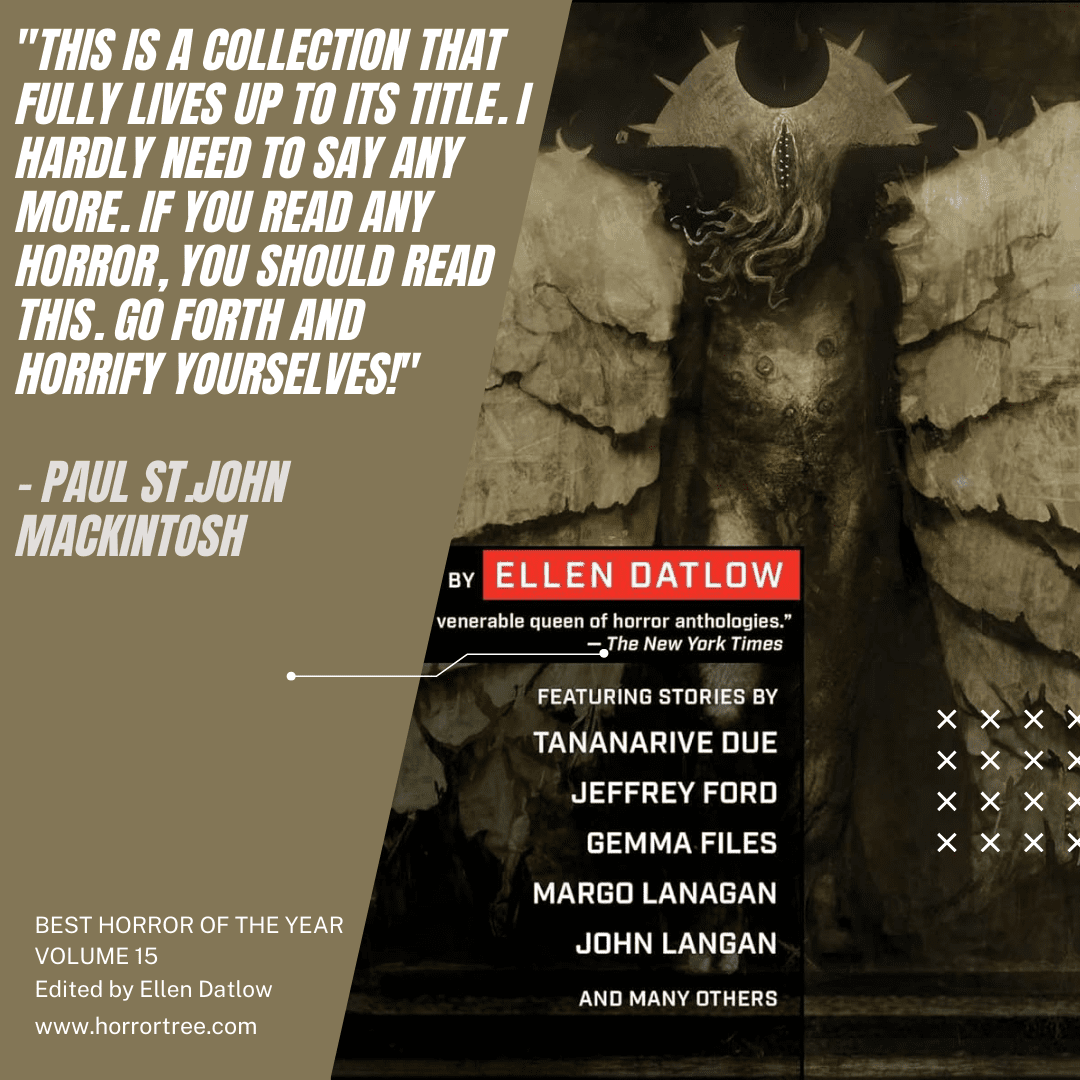Six Tips on Writing True Paranormal Experiences

Six Tips on Writing True Paranormal Experiences
by A.E. Santana
For those of us that have had a supernatural or strange experience, there may be conflicting emotions of wanting to tell someone versus keeping it to yourself. Sharing your story can be cathartic, and many people have written their supernatural experiences to the awe and fascination of readers who enjoy the paranormal.
But explaining a supernatural occurrence is more than just swearing that the doll moved on its own. You’ll need to craft your account as a story with a beginning, middle, and end, so your audience can follow along and be captivated. If these events truly took place, the best way to approach the project is like a memoir, which includes creative craft. To that end, here are six tips on writing true paranormal experiences.
- Stay focused
A classic memoir technique, staying focused on one event, moment in time, etc. is essential in keeping your audience engaged. Avoid writing your life story. Even if the paranormal event spanned a large portion of your life, the story should focus on the supernatural and not anything that doesn’t lend itself to the occurrence. This story should have an end, whether the ending is learning to live with the strange hauntings, selling away the creepy doll in a garage sale, or wondering if you’ll ever find out what really happened—end it.
- Ground your readers with setting
Grounding your readers in place is crucial to any storytelling but is particularly important when writing true paranormal accounts. Not only do you want to set the place, but it’s also a good idea to set a status quo. What was it like before things started to get weird? Grounding your readers with a well-written setting is helpful in establishing the authenticity of the piece. The more detailed setting you have, the more you will be able to put your audience in that space with you. People always laugh at the haunted house…before they go inside.
- Tone and mood
Scary stories are big on atmosphere. Although some paranormal stories may have funny or silly moments incorporated, overall—for spookiest effect—the tone should be serious and the mood eerie. Your story should teem with a strange, weird, and frightening atmosphere without being so dramatic that the events come off as laughable, disruptive, or confusing. There is a fine line between campy and spooky. Reading your story aloud can help you figure out where your writing is landing. An effective account is strange but believable.
- Show and tell
One of the most common poorly worded advice to writers is “show don’t tell.” Better advice would be “mostly show but tell sometimes.” This is especially true when writing supernatural encounters. So, when do you tell and when do you show? Tell us what happened. Use detailed facts when describing the actual supernatural event. No need to get metaphorical or fancy with your words here. Be straight and to the point. These sections of you story should not be confusing. Show us how you felt. While your facts should never be confusing, it’s okay if you were confused. Not all your readers may have had supernatural experiences, but we have all felt fear, anger, loneliness, sadness, etc. That’s why it’s important to have the human element. Perhaps the reader will never believe in what scared you, but if you can get them to believe that you were scared—that’s a win.
- Use all five senses
You know them: touch, smell, sound, taste, and sight. The four above elements can’t work without these senses and the more you use them, the more authentic and engaging your piece will be. The senses are especially helpful when depicting a place, setting the mood, telling your reader what happened, or showing the audience how you felt. So, describe the cold spot you walked into, the bizarre noises you heard at night, the shadow you saw creeping along the hallway, the gross smell that won’t leave the backroom, or that weird taste you get whenever you visit your hometown cemetery.
- Slow down where it’s spooky
Author Steve Almond advises in his book of essays, This Won’t Take But a Minute, Honey, to “slow down where it hurts.” When there is a big emotional moment, slow down and write it out. When writing true paranormal experiences, run with that advice and apply it to the creepy parts of your account. Don’t just say how the doll’s head moved on its own. Slow down and describe it. Use all five senses. Were there any sounds, perhaps porcelain scraping against porcelain as the doll moved its neck? Or did you see the soulless blue aggie eyes blink at you? Remember tip four and don’t get too fancy. Tell us what happened, just slow down when you do it.

A.E. Santana
Author
A.E. Santana is a Southern California native who grew up in a farming community surrounded by the Sonoran Desert. A lover of horror and fantasy, her works can be found in Demonic Carnival III, Weird Ales Vol. II, and other horror anthologies. She is the paranormal/true horror editor for Kelp Journal and was the drama editor for The Coachella Review. A.E. Santana is a member of the Horror Writers Association and a founding playwright for East Valley Repertory Theatre in Indio, CA. She has been a moderator for several horror panels, including No Longer the Scream Queen: Women’s Roles in Horror. She received her MFA in fiction from the University California, Riverside Low Residency program. Her perfect day consists of a cup of black tea and her cat Flynn Kermit. www.aesantana.com @foxflur
- About the Author
- Latest Posts
Stuart Conover is a father, husband, published author, blogger, geek, entrepreneur, horror fanatic, and runs a few websites including Horror Tree!












